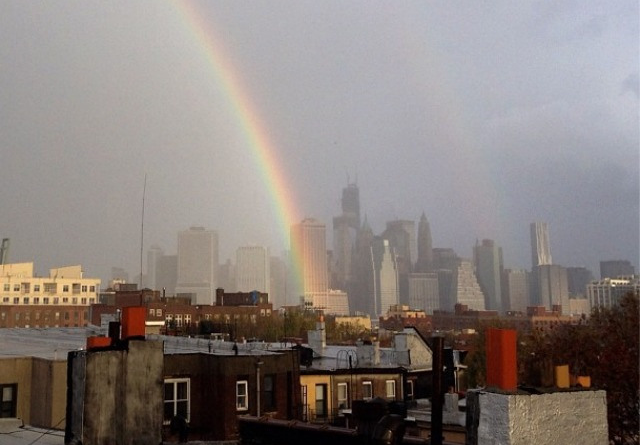A biweekly newsletter with public space news, resources, and opportunities.
A curated dispatch on all things public markets plus the latest announcements from the Market Cities Program.

PPS has been working extensively over the last year with Peter Smith, the Chief Executive Officer of the Adelaide City Council in Australia to create new models of governance and organizational culture that are more supportive of Placemaking, and institutionalize Placemaking principles, tools and process. Peter has written a paper that we will release soon on the evolution to this model of governance. In the meantime, we wanted to excerpt a section where he demonstrates how this model of governance is, in many ways, demonstrated during a time of crisis, and needs to be nurtured to attain true resilience. As communities across North America face the daunting task of rebuilding after Hurricane Sandy, we hope that Peter's text will provide some inspiration for those affected by the storm, to see how the recovery can lead to stronger communities. —————————Why Wait For a Disaster? The term “community resilience” has been much debated in Government circles in recent years, with “resilience” commonly being defined as “returning to the previous state,” or “bouncing back.” Whilst this is a useful concept for Governments to consider, its use is limited when resilience is considered as a static “state” rather than a dynamic process through which community capacity is developed over time.It can be argued that community resilience is not just about returning to the previous state of “community capacity,” but about building community competencies so that community capacity continues to increase over time and supersedes the previous state. In this context, community capacity can be thought of in terms of community attributes, such as the ability to self-manage and self-determine, the level of entrepreneurship, concern about issues/activism, volunteering and the general level of positivity/optimism about the future.
For example, think about what happens in communities when natural disasters hit or, for example, when a major employer closes in the neighbourhood. In a natural disaster, Government service and systems become quickly overloaded and Government resources are rationed to the most pressing need or the most severe life threatening situations, leaving large parts of the community to fend for themselves.
It is at these times that community spirit, leadership, volunteering, and entrepreneurship come to the fore and we see a rapid increase in community capacity in response to adversity. Often this capacity is long lasting as the community discovers that it can self-manage many issues and has the community spirit and optimism to determine its own destiny. Government services also learn that they can operate differently and can work in a different way with the community.
The rich text element allows you to create and format headings, paragraphs, blockquotes, images, and video all in one place instead of having to add and format them individually. Just double-click and easily create content.
The rich text element allows you to create and format headings, paragraphs, blockquotes, images, and video all in one place instead of having to add and format them individually. Just double-click and easily create content.
Body Text Body Link
The rich text element allows you to create and format headings, paragraphs, blockquotes, images, and video all in one place instead of having to add and format them individually. Just double-click and easily create content.
Here is some highlighted text from the article.




Headings, paragraphs, blockquotes, figures, images, and figure captions can all be styled after a class is added to the rich text element using the "When inside of" nested selector system.
Headings, paragraphs, blockquotes, figures, images, and figure captions can all be styled after a class is added to the rich text element using the "When inside of" nested selector system.
Headings, paragraphs, blockquotes, figures, images, and figure captions can all be styled after a class is added to the rich text element using the "When inside of" nested selector system.

We are committed to access to quality content that advances the placemaking cause—and your support makes that possible. If this article informed, inspired, or helped you, please consider making a quick donation. Every contribution helps!
Project for Public Spaces is a 501(c)(3) tax-exempt organization and your donation is tax-deductible within the guidelines of U.S. law.